Tough Bacteria That Turns Toxic Chemicals Into 24-Karat Gold
MessageToEagle.com – It’s a strange and very complicated creature – bacteria or rather super bacteria! It can live in super extreme conditions like drought, radiation, heat and overcrowding.
It’s able to communicate chemically with each other and consumes sulfur compounds and produce droplets of toxic sulfuric acid (similar to battery acid) as waste!
Some bacteria have evolved several mechanisms to tolerate presence of heavy metals and detoxify them. They are resistant to and grow on metals, using them for energy and groth and respiration.
A few years ago, environmental scientists at UC Riverside have discovered that the Rancho La Brea tar pits in downtown Los Angeles, Calif., house hundreds of new species of bacteria with unusual properties, allowing the bacteria to survive and grow in heavy oil and natural asphalt, with no water and little or no oxygen.
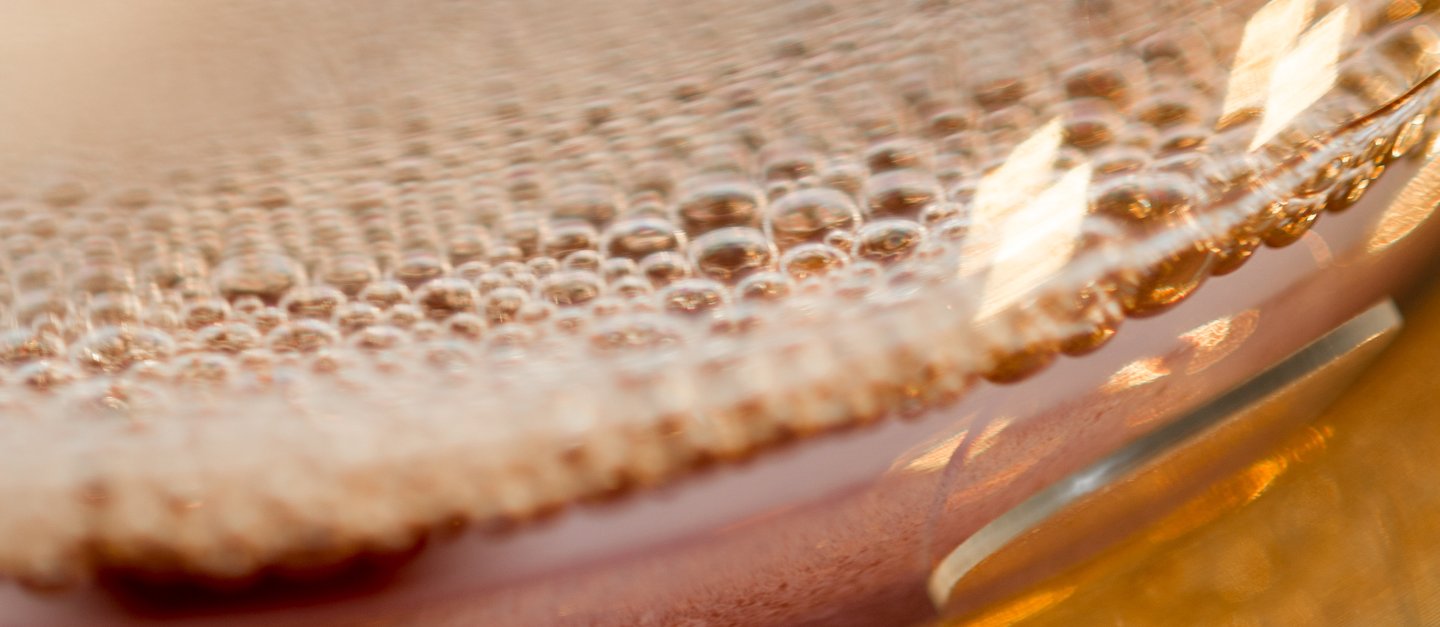
Now, yet another tough super bacteria organism have been discovered by Michigan State University researchers.
This time, it’s the metal-tolerant bacteria Cupriavidus metallidurans that can withstand incredible amounts of toxicity in the process of creating 24-karat gold.
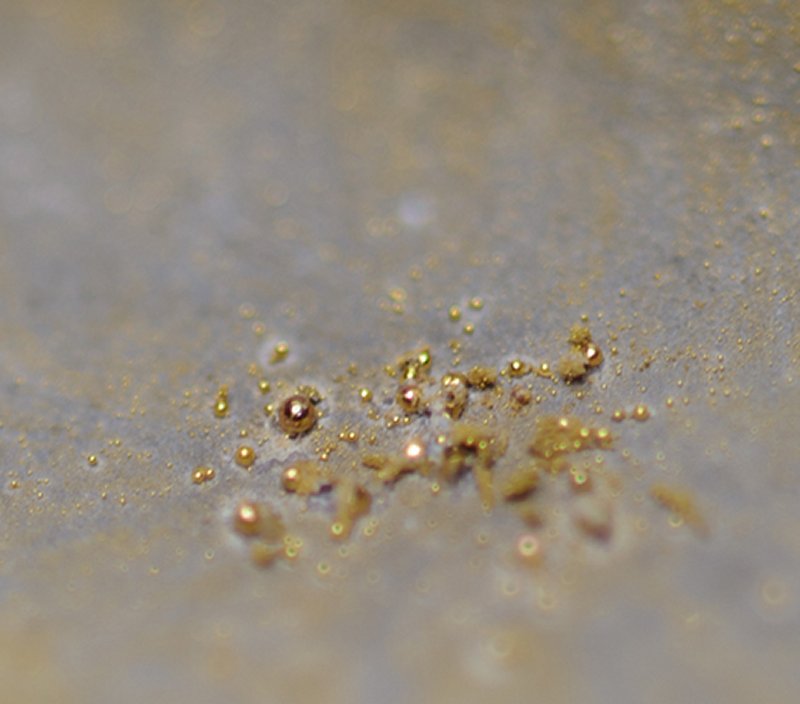
A metal-tolerant Cupriavidus metallidurans can grow on massive and toxic gold chloride – or liquid gold, a toxic chemical compound found in nature.
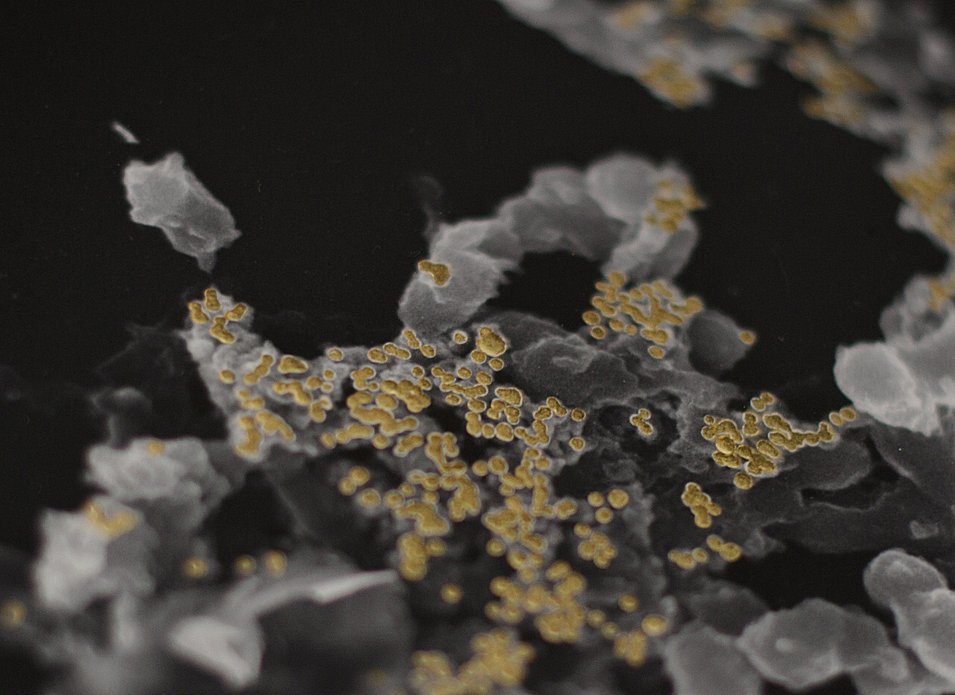
In an art-science experiment called “The Great Work of the Metal Lover,” MSU researchers found the bacterium known as Cupriavidus metallidurans was able to turn toxic gold chloride (or “liquid gold”) into solid 24-karat gold. In fact, the bacteria’s ability proved to be at least 25 times stronger than previously reported: over a week, the bacteria produced a gold nugget from the toxic liquid.
The process of such gold production is possible but on a larger scale, the financial burden of it is significantly greater than the benefit.
Additionally, the researchers’ success in creating gold raises questions about greed, economy and environmental impact, focusing on the ethics related to science and the engineering of nature.
“Art has the ability to probe and question the impact of science in the world, and ‘The Great Work of the Metal Lover’ speaks directly to the scientific preoccupation while trying to shape and bend biology to our will within the postbiological age,” Brown said.
© MessageToEagle.com
Related Posts
-
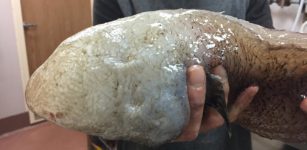 Very Unusual Faceless Fish Re-Discovered After Being Missing Since 1873
No Comments | Jun 2, 2017
Very Unusual Faceless Fish Re-Discovered After Being Missing Since 1873
No Comments | Jun 2, 2017 -
 CoRoT-7b – Alien World That Contributes To The Vision Of Hell
No Comments | May 10, 2012
CoRoT-7b – Alien World That Contributes To The Vision Of Hell
No Comments | May 10, 2012 -
 Parthians: Their Great Empire And Skilled Horse Archers
No Comments | Nov 10, 2016
Parthians: Their Great Empire And Skilled Horse Archers
No Comments | Nov 10, 2016 -
 Bayesian Yacht Tragic Accident: How Specialist Search And Rescue Teams Work Underwater
No Comments | Aug 27, 2024
Bayesian Yacht Tragic Accident: How Specialist Search And Rescue Teams Work Underwater
No Comments | Aug 27, 2024 -
 Rarest Blood Types On Earth – How Unique Is Your Blood?
No Comments | Apr 19, 2017
Rarest Blood Types On Earth – How Unique Is Your Blood?
No Comments | Apr 19, 2017 -
 Sci-Fi Monsters: We Love Them, But Could We Really Find Them?
No Comments | May 17, 2018
Sci-Fi Monsters: We Love Them, But Could We Really Find Them?
No Comments | May 17, 2018 -
 Exoplanet WASP-12b Is Darker Than Asphalt
No Comments | Sep 18, 2017
Exoplanet WASP-12b Is Darker Than Asphalt
No Comments | Sep 18, 2017 -
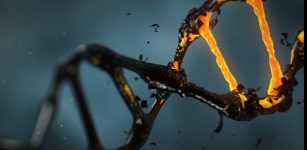 Genetic Links Between Traits Are Often Overstated – UCLA Study
No Comments | Nov 26, 2022
Genetic Links Between Traits Are Often Overstated – UCLA Study
No Comments | Nov 26, 2022 -
 Death Is Just An Illusion: We Continue To Live In A Parallel Universe
No Comments | Nov 23, 2014
Death Is Just An Illusion: We Continue To Live In A Parallel Universe
No Comments | Nov 23, 2014 -
 Nicholas Of Cusa – A Medieval Cardinal Who Was Convinced Extraterrestrials Exist
No Comments | Sep 17, 2015
Nicholas Of Cusa – A Medieval Cardinal Who Was Convinced Extraterrestrials Exist
No Comments | Sep 17, 2015
